Organic Form
“We abuse land because we regard it as a commodity belonging to us. When we see land as a community to which we belong, we may begin to use it with love and respect.”
– Aldo Leopold
In fall 2023 I visited Zion National Park for the day to hike the Narrows, a multi-mile trail all through water within a narrow gorge. As the National Park bus lumbered between the mountains, a recording of Benn Pikyavit, a member of the Kaibab band of Paiute Indians, said, “We are taught that everything has a purpose, including water, rocks, plants, and animals, and that we have a responsibility to care for the land.”
It is not to “take care of the land,” which seems exhausting and unachievable. Rather, it is to “care for the land,” which implies attentiveness through stewardship. Although the concepts had been seeded in me through a college internship at the Wilderness Society in Washington, D.C., Pikyavit’s words felt completely new and reverberated through my head as light bounced off the steep mountains enfolding the valley.
The North Texas landscape has been abused, neglected, and exploited. It is mangled and often messy, but it is still here and alive, as I’ve learned from leaders at the forefront of discussions on how to care for the local ecosystem. Architecture and allied professions have an opportunity to be stewards, improving the biodiversity of the land and mitigating the urban heat island effect that hurts life in North Texas.
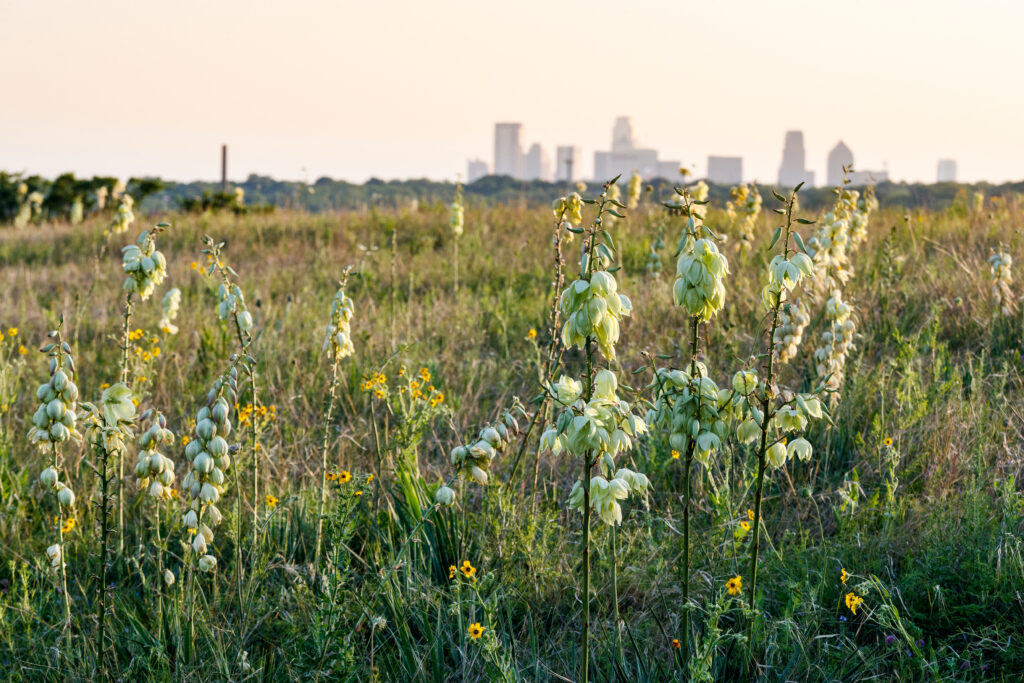
Brett Johnson and Christopher Morris of the Dallas Park and Recreation Department have outlined several initiatives that support the urban environment. Johnson, the city conservation manager, and Morris, senior environmental coordinator, reflect Dallas’ commitment to monitor and enhance biodiversity across the parks system. Dallas also participates in the Mayors’ Monarch Pledge, the National Wildlife Federation’s push for civic commitments to developing pollinator habitats.
Dallas also is one of the first cities to engage in certification for the Birds of Texas through Texas Parks & Wildlife in partnership with the Audubon Society. Efforts include bird habitat restoration, community education, and pest management techniques that avoid pesticides. Outdoor cats are a perennial challenge as their predatory instincts lead to at least 1.3 billion birds killed annually in the U.S., according to estimates by Peter Marra, director of Georgetown University’s Environment Initiative, and others in the peer-reviewed journal Nature Communications. Johnson and Morris do not allow feral cat colonies to develop in parks where they could wreak havoc on vulnerable and nesting bird populations.
Shiny buildings and bird strikes
However, Birds of Texas programming has made less progress regarding bird strikes with buildings. Although the Audubon Society has provided education, attendees only incidentally overlap with those making decisions on building glazing. Earlier methods to reduce bird strikes included films or stickers on glass that are aesthetically unacceptable and impractical in a commercial application. However, advanced glazing solutions are appearing on the market that render the glass perceptible to birds through UV patterning that is only negligibly discernable to humans.
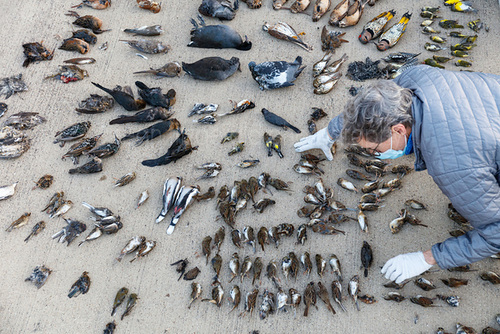
There is room for progress. As part of a recent avian-centered gala in another Texas city, a birdhouse designed by an internationally renowned architect featured a mirrored surface. But birds might perceive the shiny surface as real space and fly into it at full speed, killing them. In a study by The Condor in 2014, experts estimated that as many as a billion birds crash into buildings and die each year.
Bird populations have plummeted in the past two decades. Janette Monear of Texas Trees Foundation said that despite having many trees in her yard, “I don’t sit on my porch anymore and hear a lot of birds.”
In addition to Birds of Texas, Morris said that the city of Dallas is looking into becoming a Bee City. Morris’ expertise as an entomologist has bolstered bio blitzes, where scientific volunteer-based activity do intensive but brief surveys of living elements in an ecosystem to learn its overall health. Morris has created a shorthand of which specific insects signal overall ecosystem health: leaches and mosquitoes for poor water quality, beetles for moderate water quality, and dragonflies for high water quality. Sometimes there are surprises.
The Blackland prairie, the functionally extinct original ecosystem of Dallas County, still persists in minor patches. A recent bioblitz of a low-quality section in the Lakewood Prairie unit found ironweed, a high quality but rare plant, that apparently arose from a buried seed bank in deep dormancy. That subtle tenacity inspires. Wild prairie is here.
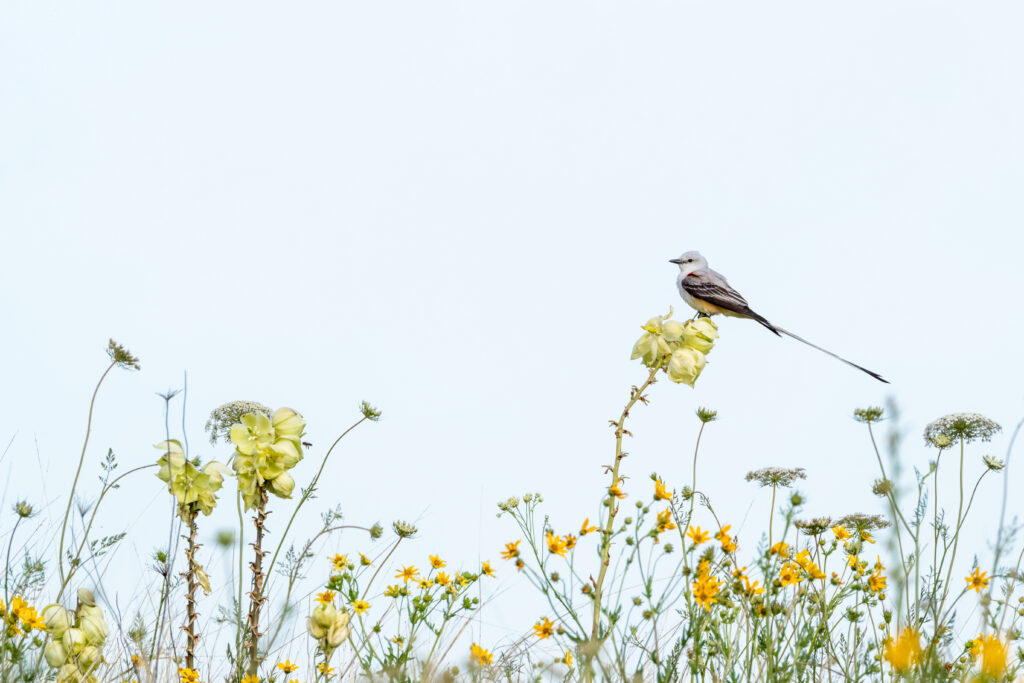
As a point of inspiration, Lena Chan, keynote speaker for the 2022 Greater and Greener Conference in Philadelphia, described the interplay of human and “more than human,” or all other life in her home of Singapore. She told how people and otters both played in the urban parks. What she described seems inviting and pleasant as a unification of a densely populated environment and urban ecology.
A similar reality seemed impossible in North Texas. When driving deep in East Texas to a family holiday gathering, I observed the creeks bearing names of now exterminated fauna: Wolf Creek, Otter Creek, and Bear Creek.
However, a November visit to John Bunker Sands Wetland Center, a 30-minute drive south of Dallas, proved at least one assumption wrong. Wild otters are here. The master naturalist giving the tour described how river otters slide down the grassy slope on their bellies to dart into a drainage channel and snag crawfish. They typically appear only where the waterways are sufficiently connected to give them an adequate range to gather food. Architects, planners, and landscape architects can think in terms of blue way connectivity to enhance otter habitat.
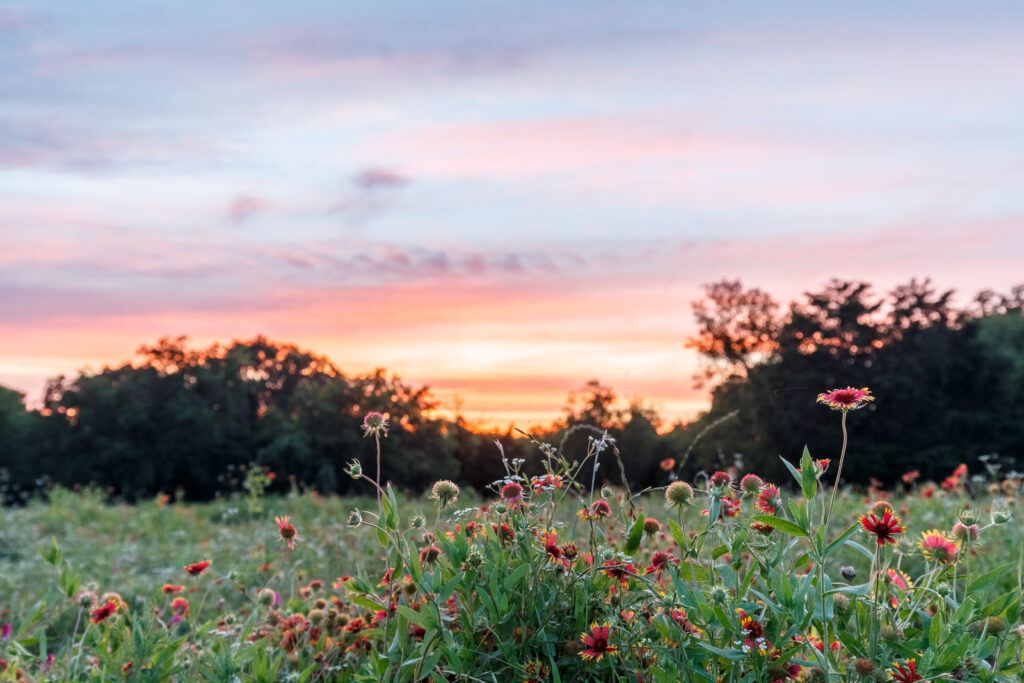
Great Trinity Forest
At a similar scale, the Great Trinity Forest in South Dallas stands to disappear in the face of development in coming years. As the largest hardwood forest in an urban setting in North America, it lies at the doorstep of downtown as a gift — if it is approached with a mindset similar to Singapore. With vision, Dallas could also be place where river otters and humans share a park.
The existence of Great Trinity Forest is more an indication of decades of entrenched and racially motivated failure to develop the infrastructure of South Dallas than anything else. However, it presents an opportunity for South Dallas to optimize its value through contemporary and ecologically sensitive development of this century instead of repeating hackneyed patterns of development from the previous century.
On the other hand, the Great Trinity Forest and all parks along waterways are at the opening tremors of the invasive emerald ash borer destroying wild and planted Texas ash trees. The lethal insect surfaced on the western borders of Dallas County in 2018 and will reshape the ecosystem as its larvae chew through the phloem, the tree tissue immediately under the bark, as they girdle and kill trees. The process typically takes 10 to 12 years.
Inoculation, which poisons the entire tree, including leaves for any and all insects, is effective for about three years per application and expensive to scale. Although the city of Dallas initially identified 1,100 trees last year, including 116 considered significant, for recommended treatment saving the 240,000 to 360,000 ash trees within the parks system would cost about $10 million. The nonprofit Texas Trees Foundation estimates that about 1.5 million ash trees could be lost within the Great Trinity Forest and in the urban forest as a whole.
Johnson and Morris have a removal plan in place for the impending destruction of these trees. The effort includes educating the public, which will no doubt be upset at the loss of a key riparian tree whose absence will reshape beloved parks and waterways forever. Other cities in the region have no management plan.
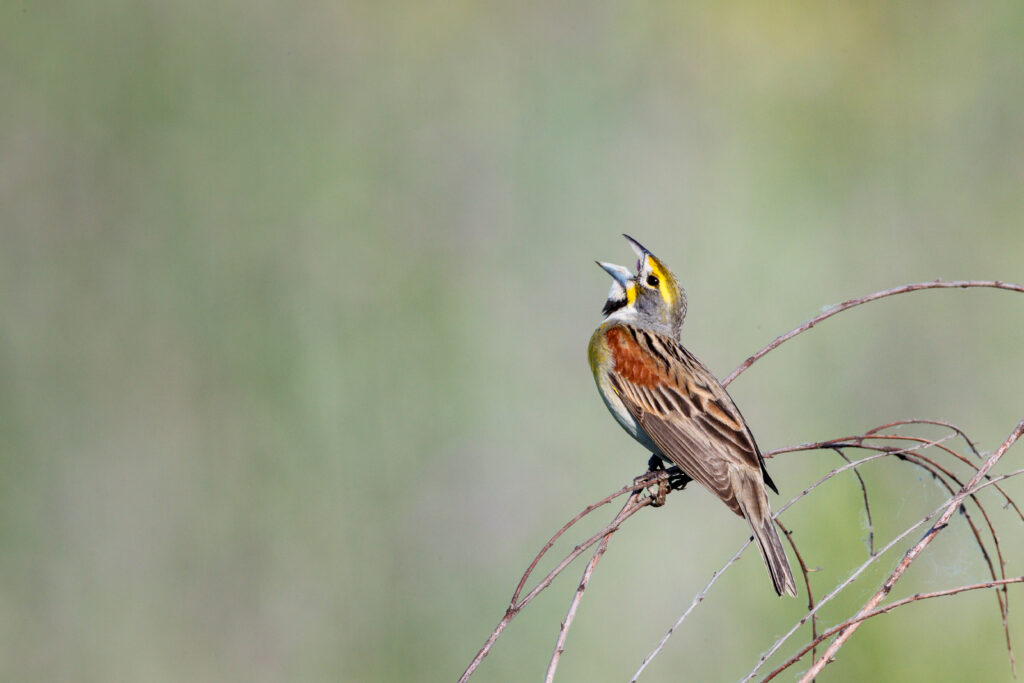
Beyond a building at a time
As another leader of urban sustainability, Oswald Jenewein, an assistant professor of architecture at the University of Texas at Arlington, is looking at how architecture students can bring integrated systems thinking to influence broader issues in built environment issues, such as urban heat islands. His perspective on urban heat islands is to conceptualize methods to unseal the earth and provide synergy between materiality of the building and the surrounding environment. Jenewein evaluates a building on its own site, in community context, and finally in the broader region to create what he calls a transcalar perspective.
Considering approaches to heat island mitigation and water and energy conservation, for example, a single building may achieve little. However, with an array of 5,000 buildings, he could develop “a water collection and conservation network, an energy producing network where the building, the building surfaces, the ground around the building [or] buildings becomes an integral component of the urban ecosystem.” Architects, he says, need to think of a building as a systems component and not as an isolated object or project “that we design one by one.”
“For this to be successful as a strategy, we need to think across scales because it’s nothing one architect can resolve,” he says.
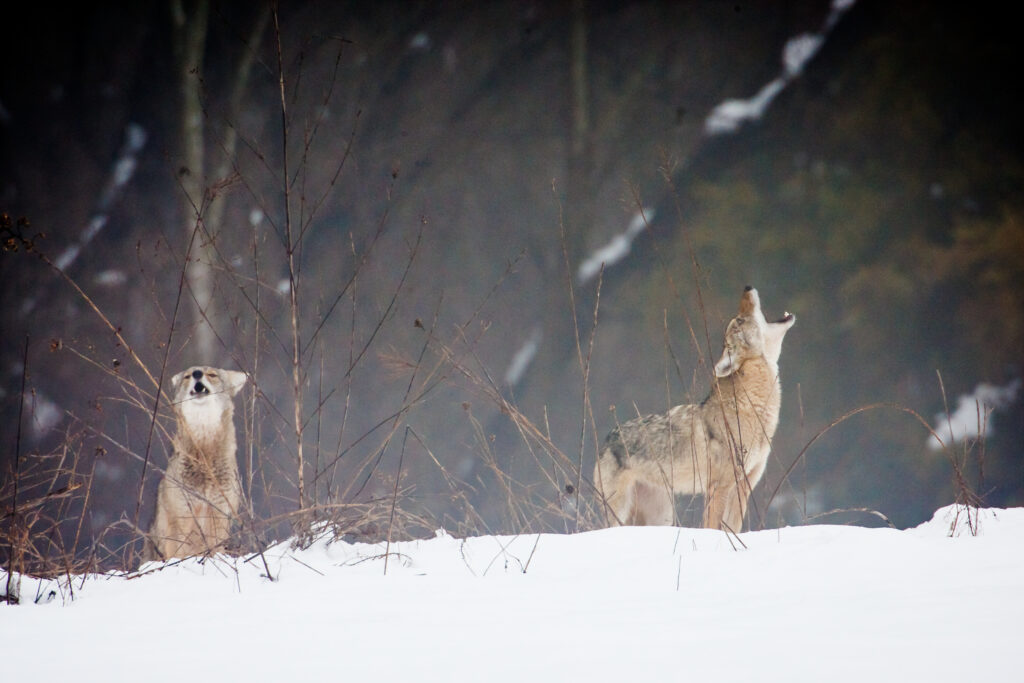
Trees in a heat island
As a prominent thinker in applied urban ecology for Dallas, Janette Monear, president and CEO of Texas Trees Foundation, or TTF, is systematically transforming the built environment through research-backed interventions that center the tree as a core instrument of green infrastructure. Instead of focusing on the framing of climate change, the nonprofit organization (previously the Dallas Parks Foundation) has taken on urban heat island and air pollution as central issues.
In 2017, it led the second study in the nation to draft an urban heat island management approach. Heat kills. It is of particular consequence in the most destitute and least funded Dallas neighborhoods. To marshal resources for maximum impact, TTF surveyed areas around Interstate 35E and downtown in 2016 and concluded that the most severe urban heat island existed in, ironically, the UT Southwestern Medical District.
“We thought that was kind of an oxymoron,” Monear said, to have “a great medical district within the footprint of the buildings, but [not] outside of the footprint of the buildings.” She observed complexities similar to those noted by Jenewein, such as the wind carrying polluted air that amplify the urban heat’s deleterious health impacts.
Air pollution is also disproportionately present at schools where buses and personal vehicles idle during drop-off and pickup times. Particulate matter suspended in the air can readily affect the lungs of children and worsen chronic health problems such as asthma. TTF commissioned research with the Ecosystems Lab at the University of North Texas to document which shrubs in the three- to seven-foot range effectively intercept this particulate matter so that it drops inert to the ground.
Monear said there are more opportunities for the thoughtful integration of green infrastructure into built projects. Standard parking lots could do more to support robust tree health with adequate soil zones. Streetscapes based on the assumptions that trees should be in a row 30 feet apart with narrow soil zones ignore the biological needs for trees to thrive. The fact that the average life of an urban street tree is at least a decade less than its suburban and rural counterparts testifies that larger footprints for green infrastructure could have long-lasting benefits.
Any vision of a Dallas and North Texas with more robust biodiversity begins with hope. Despite challenges from the shiny emerald ash borer and searing summer temperatures, leaders including Brett Johnson, Chris Morris, Oswald Jenewein, and Janette Morear see attainable solutions. It is when architects and allied professionals know that we have a responsibility to care for the land that we will get the attention of individual realms of influence and create change.